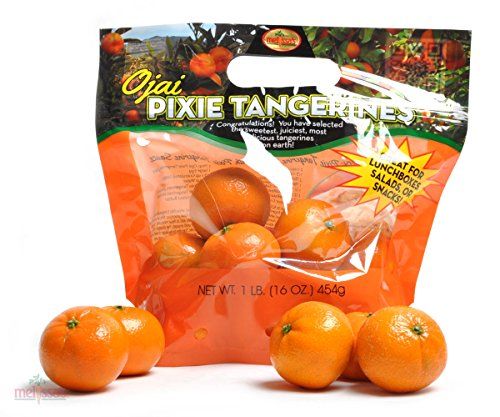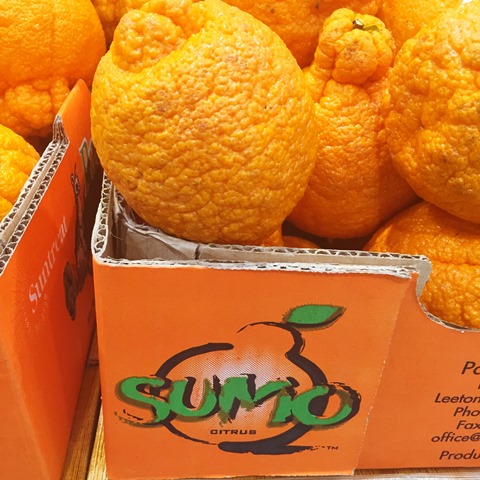

Fiberįiber goes undigested in your gut and has many health benefits, including disease prevention and management. Your body’s blood sugar response also depends on pairings with other foods like healthy fats or proteins. Still, GI shouldn’t be the only factor you consider when managing your blood sugar. High GI foods, which may cause a rapid rise in blood sugar levels, include dried fruits, breakfast cereals, and bread.īecause oranges have a low GI, they trigger a slow rise in your blood sugar levels, making them more favorable for people with diabetes. Eating foods that have a low GI may improve blood sugar management ( 4, 5). The glycemic index (GI) measures how quickly foods affect your blood sugars after a meal. When eaten in moderation, this citrus fruit is perfectly healthy for people with diabetes ( 3). Sumo Citrus: Part tangerine, part orange, these mandarins are a BIG deal! They’re sweet, juicy, naturally seedless, easy to peel and usually available January through March.Oranges are bursting with good nutrition thanks to their fiber, vitamins, minerals, and antioxidants. Satsumas: Seedless and easy to peel, these sweet treats have a wealth of vitamin C and are usually in season November through February. You can usually find them in season around March.

Pixie Tangerines: These little, late season favorites are sweet, seedless, easy to peel and delicious as a snack or salad topper. Page Mandarins: A cross between the Minneola and Clementine, these medium, seedless mandarins are as sweet as can be thanks to their high sugar content, and are generally in season December through February. Minneola Tangelos: With the sweetness of a tangerine and tartness of a grapefruit, these seedless citrus fruits are usually in season January through April and are great for juice, on salads or in marinades. You can usually find them in season January through March. Honey Tangerines: These citrus treats may have some seeds, but they’re also super sweet and ideal for juicing. Gold Nuggets: These medium-sized, seedless mandarins flourish mid to late season (February through April) and have a sweet flavor and pleasant aroma. Check out some of the most common mandarins and what makes each one special!Ĭlementines: California Clementines are super sweet, seedless and easy to peel-perfect for on-the-go snacking! They’re usually in season late November through February. While many mandarins can appear the same, different varieties can vary in terms of flavor, size, seasonality and ease of peeling. While the mineral potassium in citrus plays a crucial role in maintaining healthy blood pressure, researchers hypothesize that eating citrus helps lower blood pressure through a synergy of compounds including flavonoids along with potassium that work together improving blood flow and lowering blood pressure. Studies also show that eating mandarins along with other fruits and veggies helps improve blood pressure control, which is a major risk factor for stroke and heart disease. Studies show vitamin C from this citrus family may help protect the body’s DNA from damage caused by air pollution and everyday wear and tear. Plus, they’re packed with plenty of vitamin C-more than 100% of needs in only 40 calories. Mandarins are an easy-peel citrus fruit that make great take-along snacks.


 0 kommentar(er)
0 kommentar(er)
